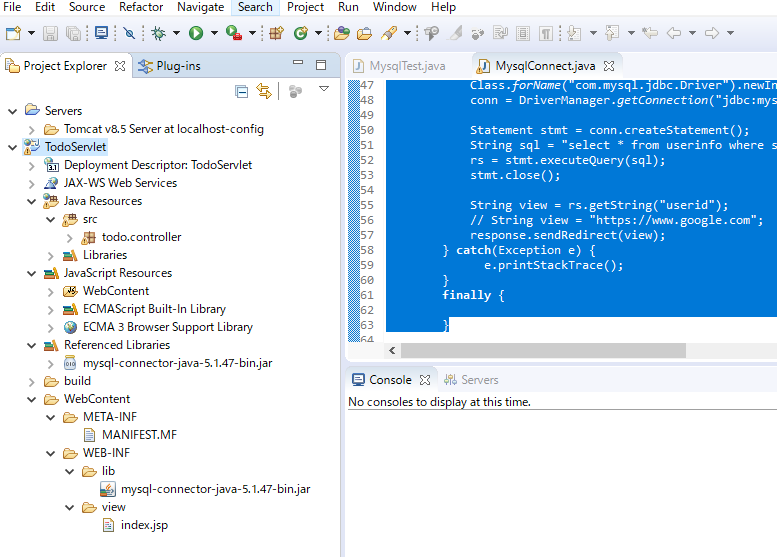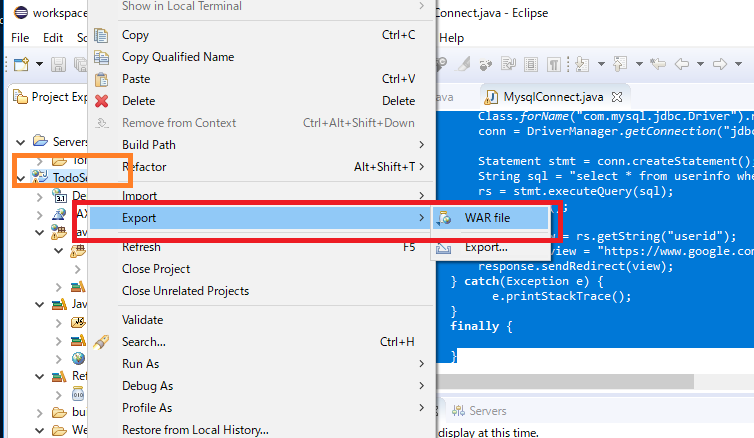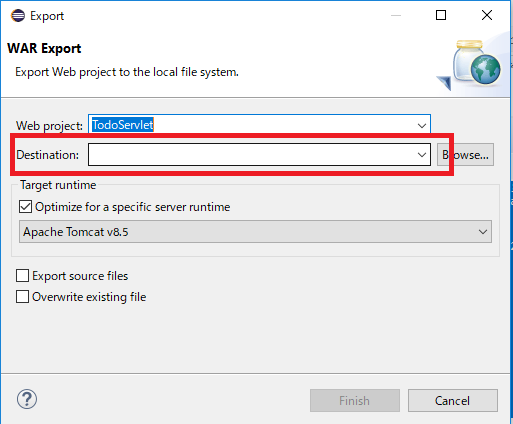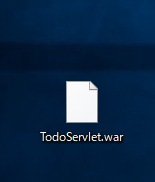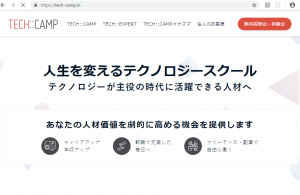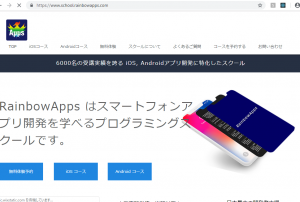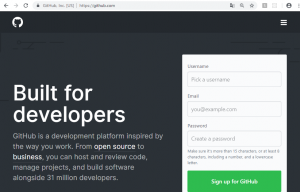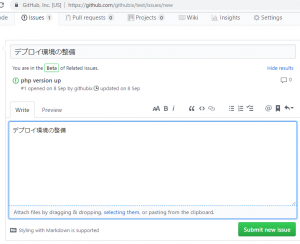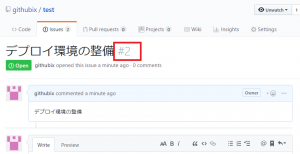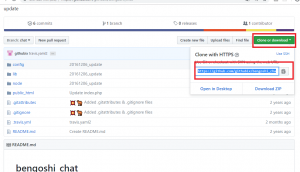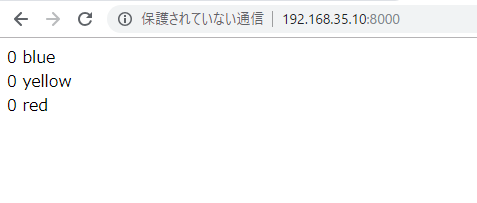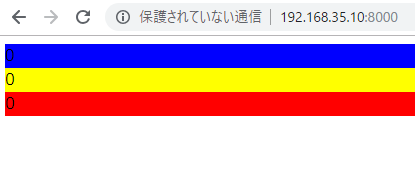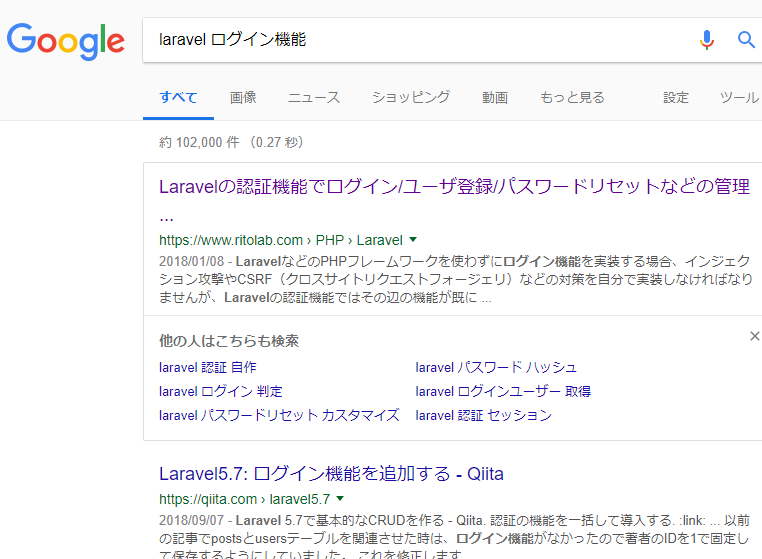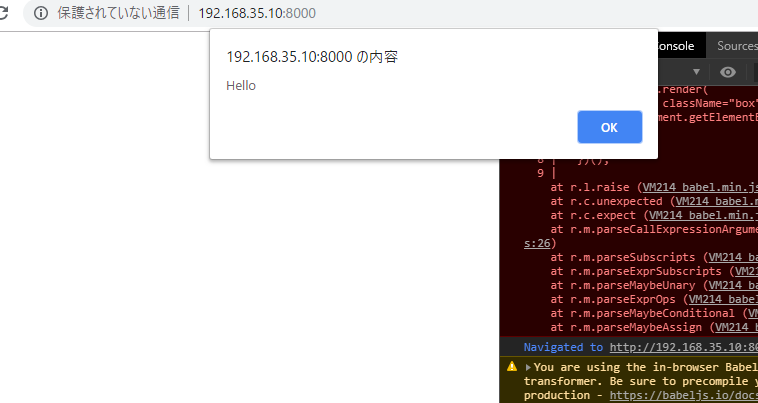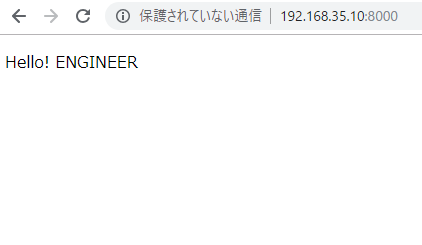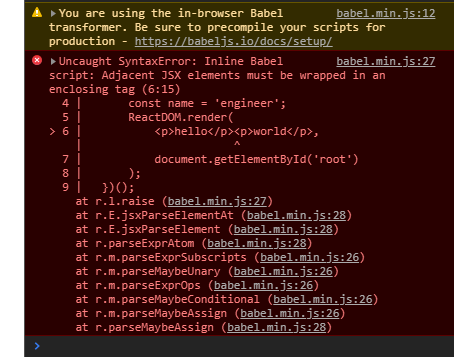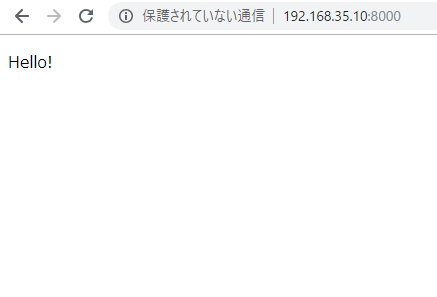Introduction
This is not original Laravel official documentaion. This page include into readouble.com to show original English content of Japanese translation.
return [
/*
|--------------------------------------------------------------------------
| Authentication Language Lines
|--------------------------------------------------------------------------
|
| The following language lines are used during authentication for various
| messages that we need to display to the user. You are free to modify
| these language lines according to your application's requirements.
|
*/
'failed' => 'These credentials do not match our records.',
'throttle' => 'Too many login attempts. Please try again in :seconds seconds.',
];
return [
/*
|--------------------------------------------------------------------------
| Pagination Language Lines
|--------------------------------------------------------------------------
|
| The following language lines are used by the paginator library to build
| the simple pagination links. You are free to change them to anything
| you want to customize your views to better match your application.
|
*/
'previous' => '« Previous',
'next' => 'Next »',
'password' => 'Passwords must be at least six characters and match the confirmation.',
'reset' => 'Your password has been reset!',
'sent' => 'We have e-mailed your password reset link!',
'token' => 'This password reset token is invalid.',
'user' => "We can't find a user with that e-mail address.",
'accepted' => 'The :attribute must be accepted.',
'active_url' => 'The :attribute is not a valid URL.',
'after' => 'The :attribute must be a date after :date.',
'after_or_equal' => 'The :attribute must be a date after or equal to :date.',
'alpha' => 'The :attribute may only contain letters.',
'alpha_dash' => 'The :attribute may only contain letters, numbers, and dashes.',
'alpha_num' => 'The :attribute may only contain letters and numbers.',
'array' => 'The :attribute must be an array.',
'before' => 'The :attribute must be a date before :date.',
'before_or_equal' => 'The :attribute must be a date before or equal to :date.',
'between' => [
'numeric' => 'The :attribute must be between :min and :max.',
'file' => 'The :attribute must be between :min and :max kilobytes.',
'string' => 'The :attribute must be between :min and :max characters.',
'array' => 'The :attribute must have between :min and :max items.',
],
'boolean' => 'The :attribute field must be true or false.',
'confirmed' => 'The :attribute confirmation does not match.',
'date' => 'The :attribute is not a valid date.',
'date_format' => 'The :attribute does not match the format :format.',
'different' => 'The :attribute and :other must be different.',
'digits' => 'The :attribute must be :digits digits.',
'digits_between' => 'The :attribute must be between :min and :max digits.',
'dimensions' => 'The :attribute has invalid image dimensions.',
'distinct' => 'The :attribute field has a duplicate value.',
'email' => 'The :attribute must be a valid email address.',
'exists' => 'The selected :attribute is invalid.',
'file' => 'The :attribute must be a file.',
'filled' => 'The :attribute field must have a value.',
'image' => 'The :attribute must be an image.',
'in' => 'The selected :attribute is invalid.',
'in_array' => 'The :attribute field does not exist in :other.',
'integer' => 'The :attribute must be an integer.',
'ip' => 'The :attribute must be a valid IP address.',
'ipv4' => 'The :attribute must be a valid IPv4 address.',
'ipv6' => 'The :attribute must be a valid IPv6 address.',
'json' => 'The :attribute must be a valid JSON string.',
'max' => [
'numeric' => 'The :attribute may not be greater than :max.',
'file' => 'The :attribute may not be greater than :max kilobytes.',
'string' => 'The :attribute may not be greater than :max characters.',
'array' => 'The :attribute may not have more than :max items.',
],
'mimes' => 'The :attribute must be a file of type: :values.',
'mimetypes' => 'The :attribute must be a file of type: :values.',
'min' => [
'numeric' => 'The :attribute must be at least :min.',
'file' => 'The :attribute must be at least :min kilobytes.',
'string' => 'The :attribute must be at least :min characters.',
'array' => 'The :attribute must have at least :min items.',
],
'not_in' => 'The selected :attribute is invalid.',
'numeric' => 'The :attribute must be a number.',
'present' => 'The :attribute field must be present.',
'regex' => 'The :attribute format is invalid.',
'required' => 'The :attribute field is required.',
'required_if' => 'The :attribute field is required when :other is :value.',
'required_unless' => 'The :attribute field is required unless :other is in :values.',
'required_with' => 'The :attribute field is required when :values is present.',
'required_with_all' => 'The :attribute field is required when :values is present.',
'required_without' => 'The :attribute field is required when :values is not present.',
'required_without_all' => 'The :attribute field is required when none of :values are present.',
'same' => 'The :attribute and :other must match.',
'size' => [
'numeric' => 'The :attribute must be :size.',
'file' => 'The :attribute must be :size kilobytes.',
'string' => 'The :attribute must be :size characters.',
'array' => 'The :attribute must contain :size items.',
],
'string' => 'The :attribute must be a string.',
'timezone' => 'The :attribute must be a valid zone.',
'unique' => 'The :attribute has already been taken.',
'uploaded' => 'The :attribute failed to upload.',
'url' => 'The :attribute format is invalid.',
/*
|--------------------------------------------------------------------------
| Custom Validation Language Lines
|--------------------------------------------------------------------------
|
| Here you may specify custom validation messages for attributes using the
| convention "attribute.rule" to name the lines. This makes it quick to
| specify a specific custom language line for a given attribute rule.
|
*/
'custom' => [
'attribute-name' => [
'rule-name' => 'custom-message',
],
],
/*
|--------------------------------------------------------------------------
| Custom Validation Attributes
|--------------------------------------------------------------------------
|
| The following language lines are used to swap attribute place-holders
| with something more reader friendly such as E-Mail Address instead
| of "email". This simply helps us make messages a little cleaner.
|
*/
'attributes' => [],
];
やっと終わったー

